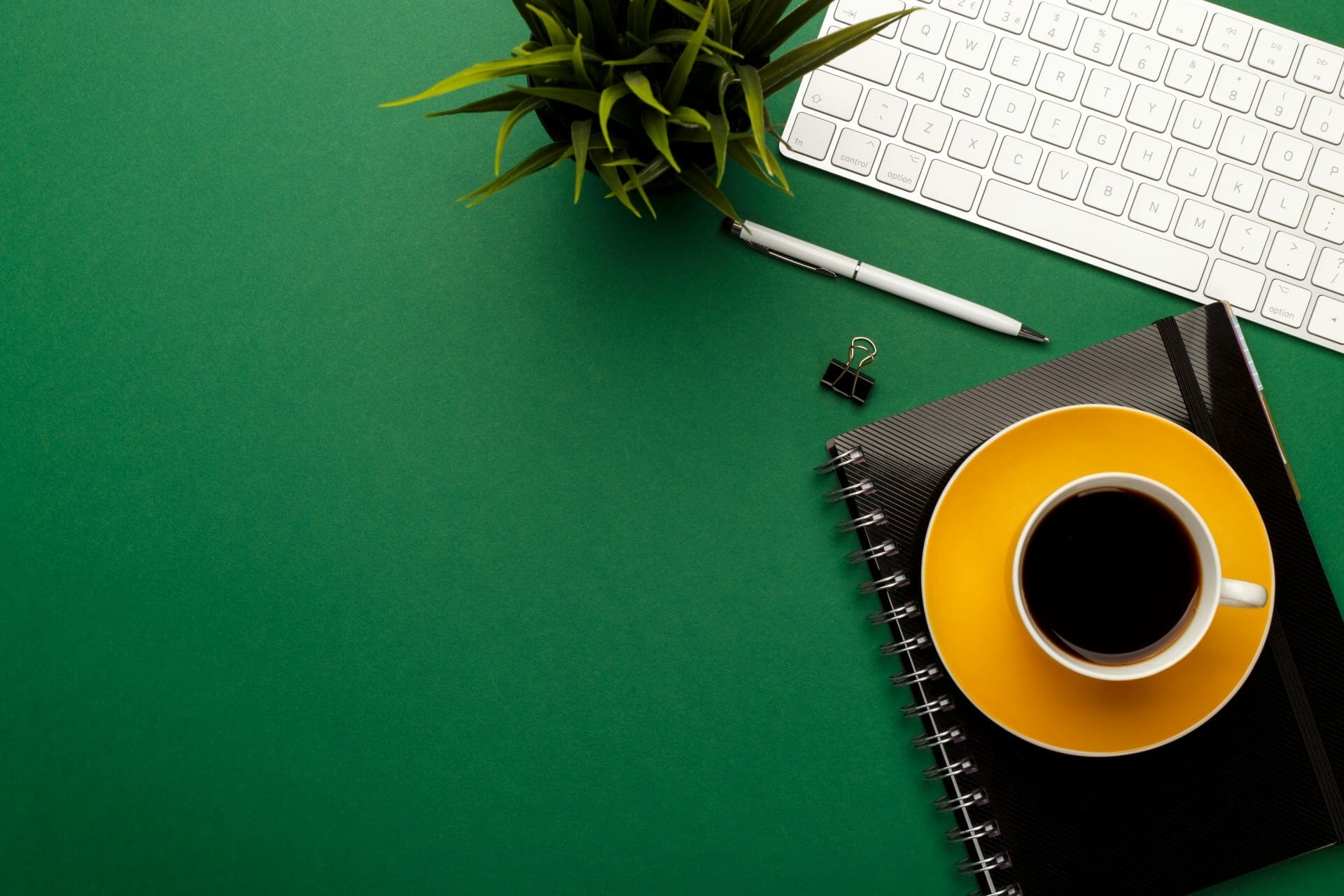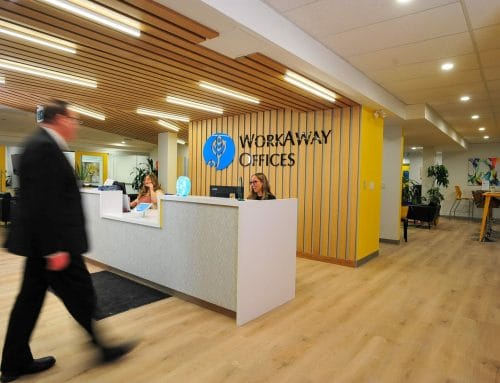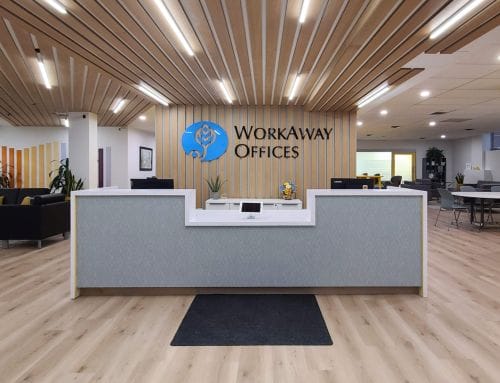Don’t let your workspace be a distraction. A cluttered and messy environment can make you less productive and creative. It is important to take advantage of the opportunities at the workplace in order to stay on top of things like getting tasks done on time, keeping up with emails, and managing projects effectively. Here are some tips for designing your workspace for maximum productivity.
How to design a workplace for maximum productivity
In order to design your workplace for maximum productivity, you have to understand what you need from your workspace in order to get the most done. Here are 3 points to consider when optimizing your workplace for maximum productivity.
Work Environment & Layout
No matter where you work, it is important that the environment is free from distractions and noise. Make sure that your workstation has a clear path so that there are no barriers to performing your daily work task easily. Create a schedule for when different tasks will be completed in order to keep the office clutter-free and well organized.
Office Furniture & Equipment
Consider investing in standing desks or treadmill desks so that you can stand or walk while working at your computer. This approach has been shown to improve cognitive function. It also relieves stress on the lower back, knees, and ankles, which prevents injuries from occurring. Get rid of stationary furniture that causes you to remain in one position for an extended period of time.
A whiteboard is another great addition to your office space since it can be used for brainstorming sessions or taking notes during meetings. A weekly meeting with your employees may help them get more connected at work, which leads to more productivity. You could also consider installing wireless charging stations amongst the other office furniture.
Tips for Being More Productive at Work
Be realistic and set goals. If you don’t work well under pressure, avoid scheduling tasks like big presentations on Fridays or before a weekend. Get organized and begin by making a list of your daily to-dos. Put them in order of priority and start with the most important task. Stay away from social media and your mobile device when performing tasks. These distractions can cause you to lose focus and prevent you from getting work done efficiently.
The takeaway
By designing your workplace for productivity, you can take advantage of the opportunities that your work environment provides to maximize your daily performance and ensure that you are using your time wisely.
Don’t let your workspace be a distraction. A cluttered and messy environment can make you less productive and creative. It is important to take advantage of the opportunities at the workplace in order to stay on top of things like getting tasks done on time, keeping up with emails, and managing projects effectively. Here are some tips for designing your workspace for maximum productivity.
How to design a workplace for maximum productivity
In order to design your workplace for maximum productivity, you have to understand what you need from your workspace in order to get the most done. Here are 3 points to consider when optimizing your workplace for maximum productivity.
Work Environment & Layout
No matter where you work, it is important that the environment is free from distractions and noise. Make sure that your workstation has a clear path so that there are no barriers to performing your daily work task easily. Create a schedule for when different tasks will be completed in order to keep the office clutter-free and well organized.
Office Furniture & Equipment
Consider investing in standing desks or treadmill desks so that you can stand or walk while working at your computer. This approach has been shown to improve cognitive function. It also relieves stress on the lower back, knees, and ankles, which prevents injuries from occurring. Get rid of stationary furniture that causes you to remain in one position for an extended period of time.
A whiteboard is another great addition to your office space since it can be used for brainstorming sessions or taking notes during meetings. A weekly meeting with your employees may help them get more connected at work, which leads to more productivity. You could also consider installing wireless charging stations amongst the other office furniture.
Tips for Being More Productive at Work
Be realistic and set goals. If you don’t work well under pressure, avoid scheduling tasks like big presentations on Fridays or before a weekend. Get organized and begin by making a list of your daily to-dos. Put them in order of priority and start with the most important task. Stay away from social media and your mobile device when performing tasks. These distractions can cause you to lose focus and prevent you from getting work done efficiently.
The takeaway
By designing your workplace for productivity, you can take advantage of the opportunities that your work environment provides to maximize your daily performance and ensure that you are using your time wisely.



